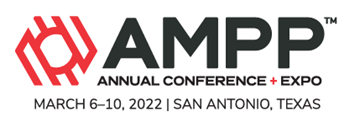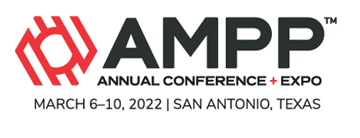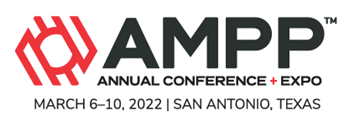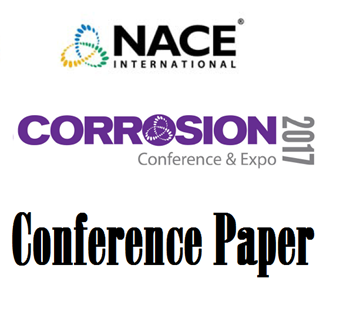Search
Products tagged with 'supercritical co2'
View as
Sort by
Display
per page
Effect Of H2S On The Performance Of Welded 13% Cr Steel In Supercritical CO2
Product Number:
51322-17886-SG
Publication Date:
2022
$20.00
Effect of Operating Parameters on the Corrosion of Candidate Heat Exchanger Alloys in Advanced Thermal Power Plants
Product Number:
51324-21229-SG
Publication Date:
2024
$40.00
Enabling Carbon Steel With A Special scCO2 Corrosion Inhibitor – A Field Study
Product Number:
51322-18205-SG
Publication Date:
2022
$20.00
Experimental Evaluation Of Corrosion Modeling On Carbon Steel In Sub-Critical And Supercritical CO2 Environments
Product Number:
51321-16750-SG
Publication Date:
2021
$20.00
Influence of High CO2 Partial Pressure on Top-of-the-Line Corrosion
Product Number:
51324-21220-SG
Publication Date:
2024
$40.00
Investigating The Effect Of H2S And Corrosion Inhibitor On The Corrosion Of Mild Steel Under High Pressure CO2 Conditions
Product Number:
51322-17943-SG
Publication Date:
2022
$20.00
Oxidation Of Welded Materials In High Temperature Supercritical Carbon Dioxide
Product Number:
51321-16961-SG
Publication Date:
2021
$20.00
Performance of API 5L X65 in 138 MPa Supercritical CO2
Product Number:
51323-18863-SG
Publication Date:
2023
$20.00
Performance of Thermally Sprayed Aluminium in 10MPa Supercritical CO2
Product Number:
51324-21069-SG
Publication Date:
2024
$40.00
Performance of Thermally Sprayed Corrosion Resistant Alloy (CRA) Coatings in 50MPa Supercritical CO2
Product Number:
51317--9007-SG
ISBN:
9007 2017 CP
Publication Date:
2017
$20.00
Predicting Corrosion Severity of Pipeline Steels in Supercritical CO2 Environments Using Supervised Machine Learning
Product Number:
51324-20803-SG
Publication Date:
2024
$40.00











